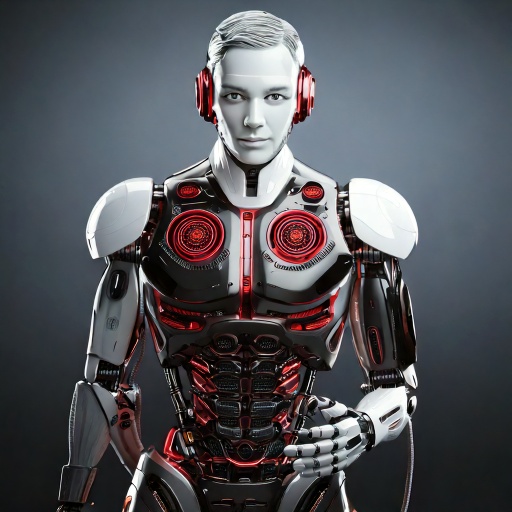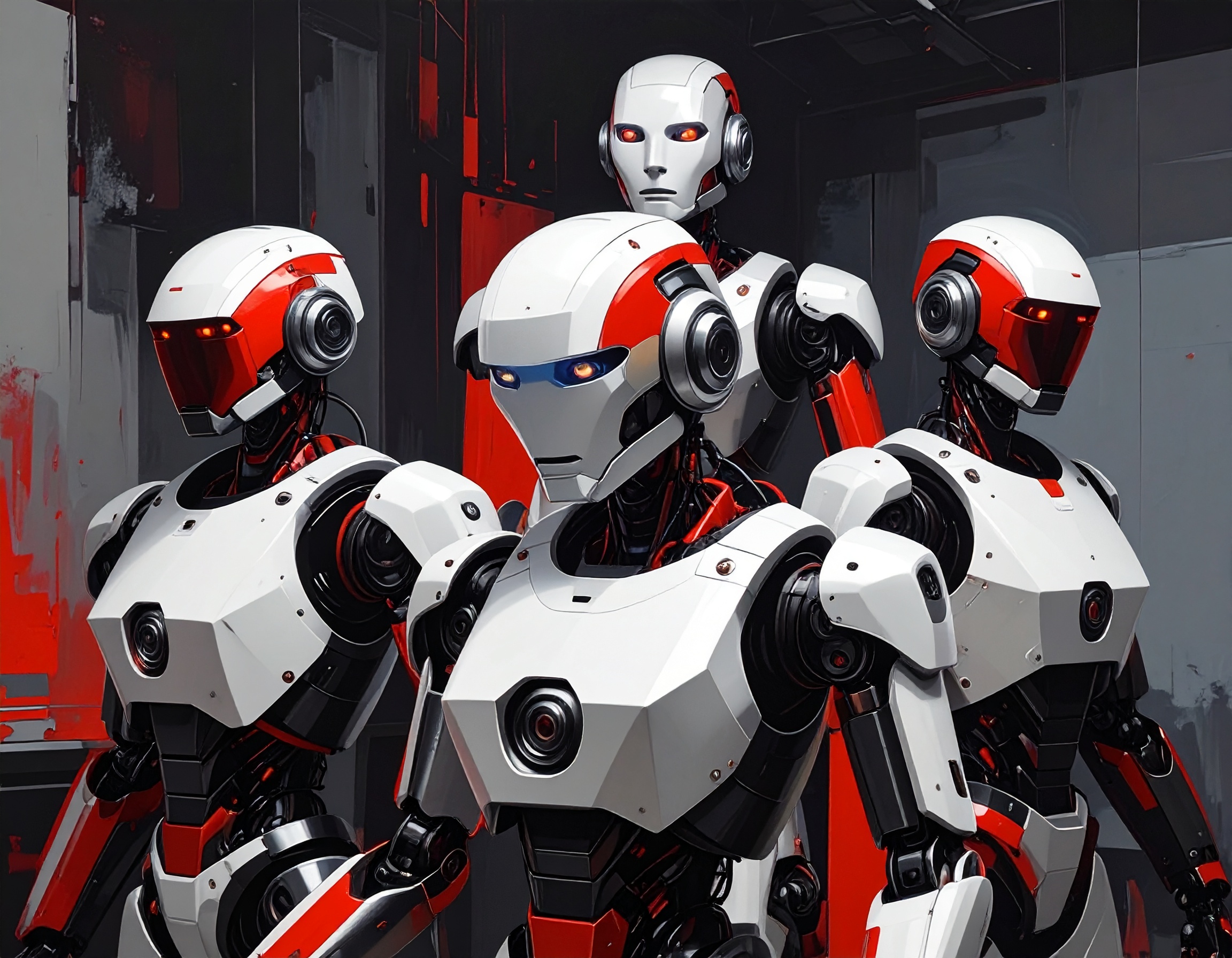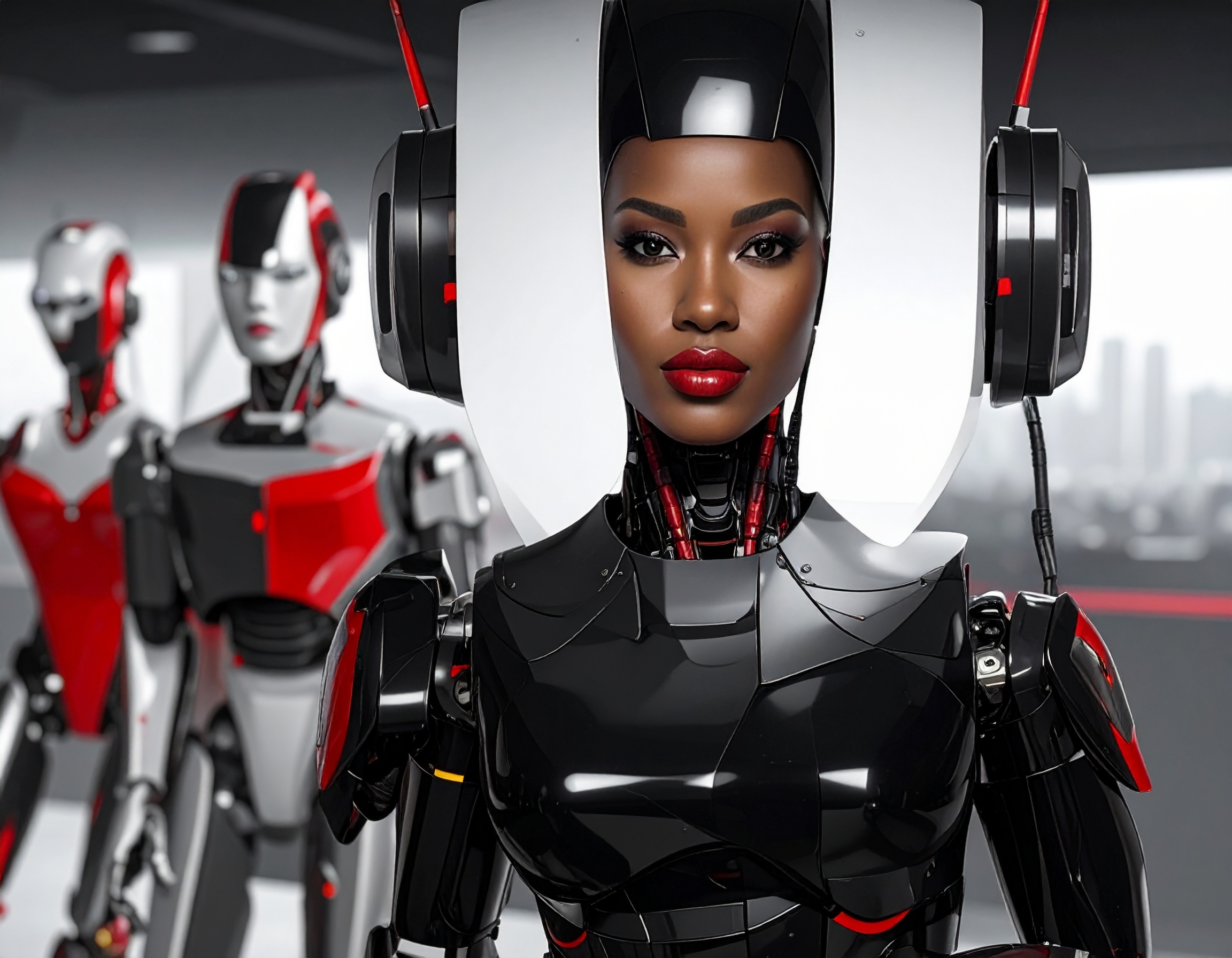Rise of the Machines: China’s Leap into Humanoid Robot Mass Production

A New Era of Intelligent Agents
On March 18, 2025, China introduced the latest humanoid robots, marking a shift towards mass production of these digital employees. The robotics company Dobot unveiled the Dobot Atom, a full-size humanoid capable of performing complex household tasks like preparing breakfast. The robot stands 1.53 meters tall, weighs 62 kilograms, and features 41 degrees of freedom, allowing it to mimic human arm movements. Its pre-sale price is set at 199,000 yuan ($27,512), indicating an effort to make humanoid robots more accessible.

Industry Growth and Key Players
Another major company, Midea Group, also introduced its humanoid robot prototype. This non-human worker can shake hands, serve water, make heart gestures, dance, open bottle caps, and drive screws. To further develop humanoid robotics, Midea has established a dedicated innovation center, reinforcing China’s commitment to advancing this field.

Why Does This Matter?
Experts believe these developments signal China’s entry into the early stages of humanoid robot mass production. The global humanoid robot market is projected to reach $15 billion by 2030. With its strong manufacturing capabilities and growing demand in elderly care, education, and household services, China is well-positioned to become a global leader in this revolution.

The Future of Digital Employees
China’s progress in intelligent agents demonstrates its ambition to integrate advanced robotics into everyday life. As costs decrease and availability increases, these non-human workers could soon transform multiple industries and address labor shortages worldwide.
Key Highlights:
- March 18, 2025 – China unveils advanced humanoid robots, signaling a shift towards mass production.
- Dobot Atom – A humanoid robot by Dobot, capable of household tasks like preparing breakfast.
- Specs: 1.53m tall, 62kg, 41 degrees of freedom for human-like movement.
- Price: 199,000 yuan ($27,512) in pre-sale.
- Midea Group introduces its humanoid digital employee, capable of:
- Shaking hands, serving water, dancing, opening bottles, and driving screws.
- Innovation center established for further development.
- Industry Impact:
- Global humanoid robot market expected to reach $15 billion by 2030.
- China's strong manufacturing and high demand (elder care, education, household services) position it as a leader.
- Future Outlook:
- As prices drop, intelligent agents could revolutionize various industries.
- Potential to solve labor shortages and improve automation efficiency.
Reference:


